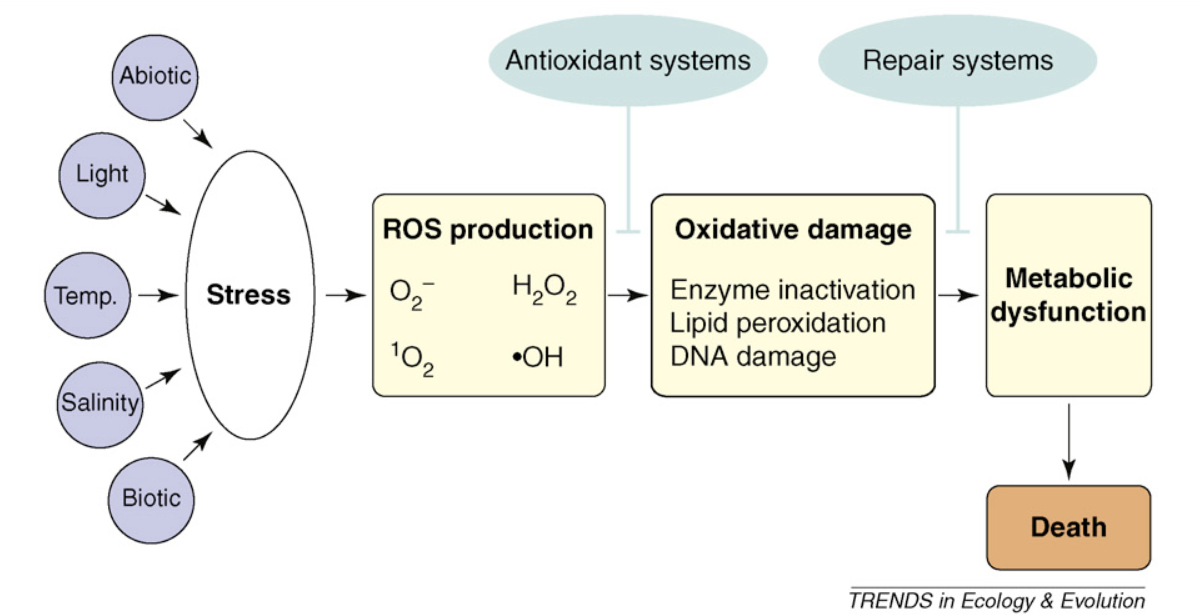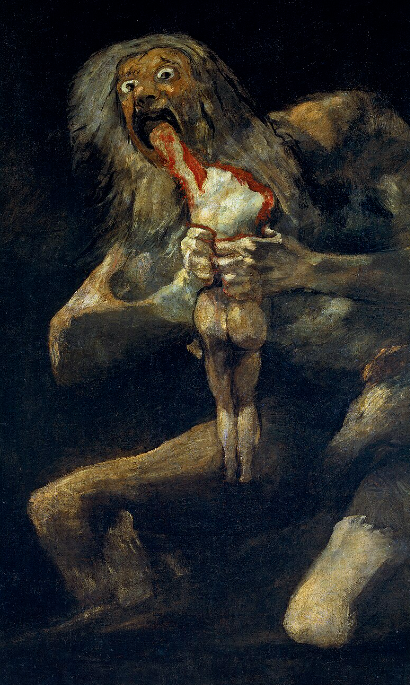In previous articles, we briefly explored the idea of the coral holobiont and what a healthy microbiome looks like. In this article, I will provide a brief overview of the microbiome of a diseased coral and the steps that cause the transition from healthy to ill.
What is a pathobiome?
As one of my favorite professors once told me (last Wednesday), “One of the best ways to understand new words is to look at their epidemiology.” In Greek, “pathos” means to suffer while “bio” means life, and “ome” refers to a mass or group. Thus, “pathobiome” can be translated to the “group of life causing suffering.” In this instance, it’s the life causing the suffering of corals. In contrast to the beneficial holobiont, the pathobiont is the coral microbiome once it enters a state of dysbiosis.
Here’s the story of how corals begin to fall apart at a microscopic level.
Several factors lead to coral getting ill – all of which coalesce into a positive feedback loop for stress, which eventually causes a pathogenic event.
- Loss of core partners:
While many species of bacteria are very adaptable to different conditions, unfortunately for coral, some of the essential holobiont members are quick to die off, get outcompeted, or get eradicated by the coral’s natural immune response as collateral damage during times of stress.
Often, the microbial partners that die first are those that assist in defending against pathogens either by
a. Heterotrophy (eating bad guys)
b. Info chemical metabolism (eating the chemicals that can attract pathogens)
Corals rely entirely on these microbial partners for these services; thus, after an initial swing causes their demise, the coral is left in a much more vulnerable state where they only have their native immune responses to rely on. - Accumulation of ROS
One of coral’s principal responses to infection is the generation of reactive oxygen species (ROS). While effective at dispatching invaders, this strategy harms the coral and its beneficial symbionts. Thus, with continuous and increased exposure to external stress, ROS continues to rise, which can lead to excess tissue damage, further weakening the immune system while simultaneously producing more info chemicals – both of which make the coral more favorable for opportunists and less favorable for mutualists.

- Switching teams
As discussed in Taras’ article on Phaeobacter, many bacteria can switch from mutualistic to opportunistic at a moment’s notice as external conditions change. Many of corals’ symbiotic partners, such as those in the families Alteromonas, Pseudoalteromonas, Rhodobacteraceae,
and even Vibrio (yes, Vibrio can be good guys), can become pathogenic if the external environment of the coral no longer favors their previous arrangement. This breakdown in mutualism causes these previous friends to begin consuming the coral’s tissue, siphoning the valuable resources produced by zooxanthella or cooperating in virulence factors such as biofilm formation, which begin to slowly choke out the coral. - External invasion
This is the typical scenario most people are familiar with. This event is one of the most common forms of “biotic stress” and is similar to how infection in humans often occurs. An external pathogen infects the coral and then rapidly grows in numbers, destabilizing the holobiont and leading to a sharp decline in diversity as other species are out-competed. Many of these pathogens have evolved to “sniff” out the chemicals produced by corals. These chemicals are
often produced as byproducts of stress reduction pathways – sometimes, they are even produced by zooxanthella instead of the coral. This allows coral pathogens to directly chemotaxis to injured, ill, or stressed corals, increasing their likelihood of successful propagation. An excellent way to imagine many coral pathogens is to think of them as vultures smelling and circling a dying animal or hungry humans running home after hearing a dinner bell.
They often can’t win in a fair fight against a healthy coral and its microbial community, so they wait for the perfect moment to strike.
Putting it all together
Often, all these subpoints occur in combination. Abiotic stress, such as a pH swing, causes a buildup of ROS, eliminating a large portion of beneficial symbionts responsible for heterotrophic defense or metabolizing info chemicals. The excess tissue damage caused by ROS causes an excess of infochemicals, which are no longer metabolized. This leads to a biotic stress event where an external pathogen locates the weakened coral and grows exponentially. This shifts the microbiome to an unfavorable position, which then allows many “frenemy” bacteria already living on the coral to switch from Dr. Jekyll to Mr. Hyde (as Taras puts it); this then
culminates in a complex polymicrobial infection with multiple pathogenic species working together to produce virulence factors, toxins, and three-dimensional biofilms. This is the shift from symbiosis to dysbiosis – from holobiont to pathobiont. It’s not just one species that infects a coral and causes their demise but an assemblage of species all working together and complementing each other the same way a holobiont typically does – but this time, instead of helping the coral, they devour it. It’s an almost cannibalistic act of internal rebellion where a
coral’s once-valued partners stab it in the back and begin working with a new outside partner, leaving the coral for dead – the ultimate betrayal. Sometimes, the coral has a fighting chance where it can delay the inevitable (STN); other times, it is swiftly eliminated (RTN).

Much like the mythological tale of “Saturn Devouring his Son,” as we can see depicted here in Goya’s famous painting by the same name – previously beneficial bacteria can cannibalize their former caretaker and partner, leading to a sudden, brutal betrayal. Many people opt for UV sterilizers and antibiotics to treat issues of coral disease, but corals are not fish. They are rudimentary ancient creatures utterly dependent on their microbiome. They cannot be separated from their partners and live. Antibiotics are broad spectrum and may only
speed up the conversion to pathobionts as crucial symbionts are eliminated, allowing for the buildup of info chemicals and biotic stress. A complex problem requires an even more complex solution. Despite hype by many manufacturers and shop owners, such a silver bullet has not reared its head in the market. The view that a cure exists by combining antibiotics prophylactically is often pushed due to ignorance. Science supports the idea that antibiotics can compromise the holobiont.
In a future article, I will analyze the associated issues with current approaches at a deeper level.



